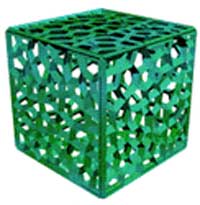 A new study detailes the molecular level understanding of chemical reaction on MoS2 surface by defect and morphology engineering, which can be applied to other metal sulfides for energy storage devices.
A new study detailes the molecular level understanding of chemical reaction on MoS2 surface by defect and morphology engineering, which can be applied to other metal sulfides for energy storage devices.
Thursday, May 16, 2019
Hollow MoS2 microcube framework with enhanced sodium storage properties
 A new study detailes the molecular level understanding of chemical reaction on MoS2 surface by defect and morphology engineering, which can be applied to other metal sulfides for energy storage devices.
A new study detailes the molecular level understanding of chemical reaction on MoS2 surface by defect and morphology engineering, which can be applied to other metal sulfides for energy storage devices.
Designing biological movement on the nanometer scale
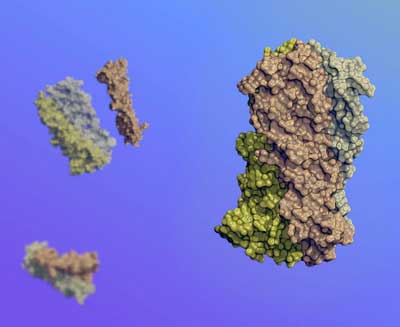 Scientists have designed proteins that move in response to acid, a technology that could help medication enter cells.
Scientists have designed proteins that move in response to acid, a technology that could help medication enter cells.
Nanofilm condensers
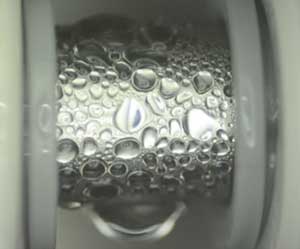 A slippery surface for liquids with very low surface tension promotes droplet formation, facilitating heat transfer.
A slippery surface for liquids with very low surface tension promotes droplet formation, facilitating heat transfer.
Researchers shed new light on atomic 'wave function'
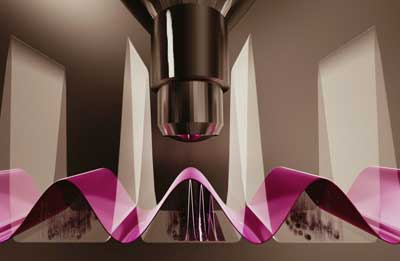 High-res technique improves ability to measure a quantum system's essential information.
High-res technique improves ability to measure a quantum system's essential information.
Balancing the beam: Thermomechanical micromachine detects terahertz radiation
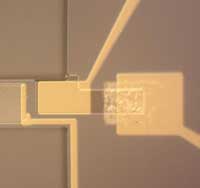 Researchers have developed a microelectromechanical device that detects terahertz radiation at room temperature. This device is easy to use, much faster than conventional thermal sensors, highly sensitive, and can be incorporated into detector arrays.
Researchers have developed a microelectromechanical device that detects terahertz radiation at room temperature. This device is easy to use, much faster than conventional thermal sensors, highly sensitive, and can be incorporated into detector arrays.
Self-repairing batteries
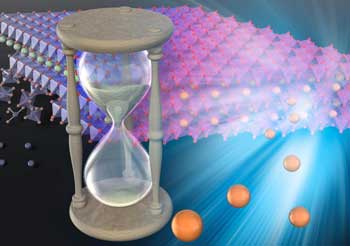 Researchers developed a material which could significantly extend the life of batteries and afford them higher capacities as well.
Researchers developed a material which could significantly extend the life of batteries and afford them higher capacities as well.
Physicists create prototype superefficient memory for future computers
 Physicicts have achieved material magnetization switching on the shortest timescales, at a minimal energy cost. They have developed a prototype of energy-efficient data storage devices.
Physicicts have achieved material magnetization switching on the shortest timescales, at a minimal energy cost. They have developed a prototype of energy-efficient data storage devices.
A new nanocomposite to beat the heat in electronics
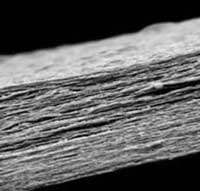 A new nanocomposite promises to be a superior high-temperature dielectric material for flexible electronics, energy storage and electric devices.
A new nanocomposite promises to be a superior high-temperature dielectric material for flexible electronics, energy storage and electric devices.
Improving carbon-capturing with metal-organic frameworks
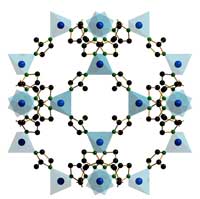 Scientists have greatly improved MOF's gas separation by making the framework's lattice structure rigid.
Scientists have greatly improved MOF's gas separation by making the framework's lattice structure rigid.
Subscribe to:
Comments (Atom)
